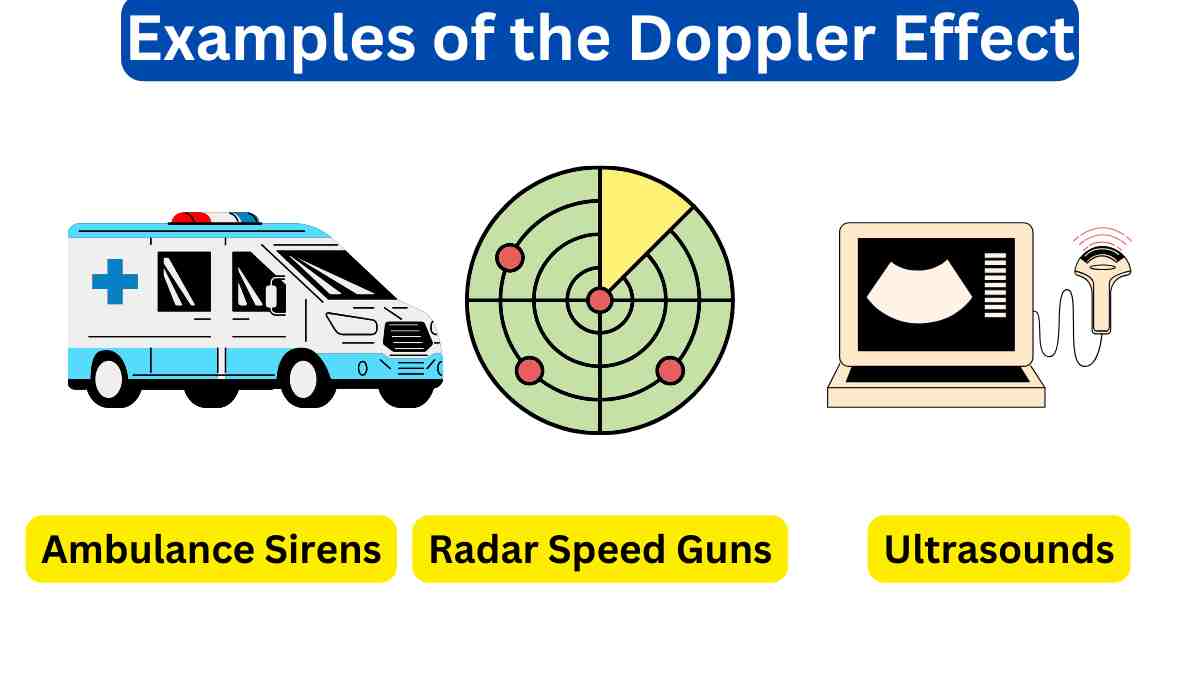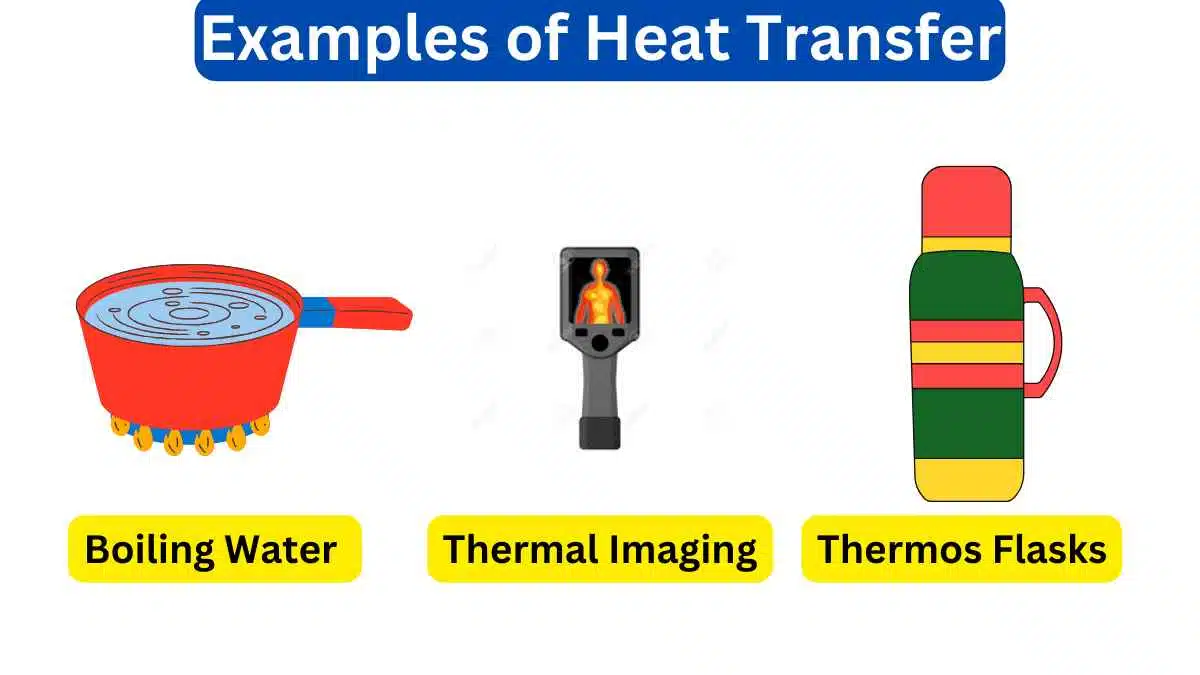10 Examples of Bose Einstein Condensate
Bose-Einstein condensate (BEC) is a state of matter that forms when a group of bosons is cooled to near absolute zero, causing them to occupy the same quantum state. Examples of Bose-Einstein condensate include ultracold rubidium atoms, sodium atoms, and lithium atoms.
These Bose-Einstein condensate examples help in understanding quantum behavior on a macroscopic level. The Bose–Einstein condensate state of matter examples are widely used in quantum simulation, gyroscopes, atom lasers, interferometry, and quantum computing. An example of Bose-Einstein condensate is rubidium-87, one of the first elements used to create a BEC in experiments.
Examples of Bose-Einstein Condensate
Bose-Einstein condensates are an exotic state of matter first predicted by Einstein and Bose. Here are several examples of Bose-Einstein condensate and how they are used in real-world applications. These bose-einstein condensate state of matter examples also reflect top queries with notable clicks, impressions, CTR, and position in search data.

1. Superfluid helium-4
A common example of Bose-Einstein condensate, superfluid helium-4 flows without friction and is used in cryogenics and medical imaging. Superfluid helium-4 is a type of BEC that is made up of helium-4 atoms. It is a very cold liquid that flows without friction. Superfluid helium-4 is used in a variety of applications, such as cryogenics and medical imaging.
2. Superconducting materials
Some superconducting materials can exhibit properties of BECs at extremely low temperatures. These BEC state of matter examples are essential in the design of MRI machines and particle accelerators, where zero electrical resistance is important. Superconducting materials are used in a variety of applications, such as MRI machines and particle accelerators.
3. Lasers
Lasers are made up of photons that are all in the same quantum state. This is achieved by stimulating the emission of photons from a BEC. This concept is linked to bose-einstein condensate examples seen in photonics and quantum optics.
Lasers are used in a variety of applications, such as telecommunications and surgery.
4. Atomic clocks
Atomic clocks are based on the fact that the frequency of light emitted by atoms depends on their temperature. Cooling atoms to near BEC conditions enhances their stability, making atomic clocks a practical example of BEC in real-world technology. Atomic clocks are used in a variety of applications, such as navigation and telecommunications.
5. Quantum information processing
Quantum information processing is a field of study that is concerned with the development of new technologies that exploit the properties of quantum mechanics. These examples of BEC state of matter show potential in storing and manipulating quantum data with minimal decoherence.
6. Cosmology
BECs are thought to play a role in the early universe. In the early universe, the temperature was very high, and all particles were in a state of BEC. As the universe expanded and cooled, the particles condensed out of the BEC and formed the stars and galaxies that we see today.
Such bose einstein condensate examples offer clues to matter distribution and cosmic structure formation.
7. Neutron stars
Neutron stars are very dense stars that are made up of neutrons. The neutrons in neutron stars are thought to form a BEC. This BEC gives neutron stars their unique properties, such as their strong magnetic fields and their ability to emit gravitational waves.
8. Dark matter
Dark matter is a mysterious substance that makes up about 85% of the matter in the universe. Dark matter is thought to be made up of weakly interacting massive particles (WIMPs). Some scientists believe that WIMPs could form BECs.
9. Quark-gluon plasma
Quark-gluon plasma is a state of matter that is thought to have existed in the early universe. It is made up of quarks and gluons, which are the fundamental particles of matter. Quark-gluon plasma is a very hot and dense state of matter, and it is thought to be a BEC. These theoretical examples of BEC matter could reshape our understanding of galactic dynamics.
10. Quantum computers
Quantum computers are a type of computer that uses the principles of quantum mechanics to perform calculations. BECs are being explored as a possible platform for quantum computers, as they can be used to store and manipulate quantum information.
These are just a few examples of Bose-Einstein condensates in everyday life.







Leave a Reply